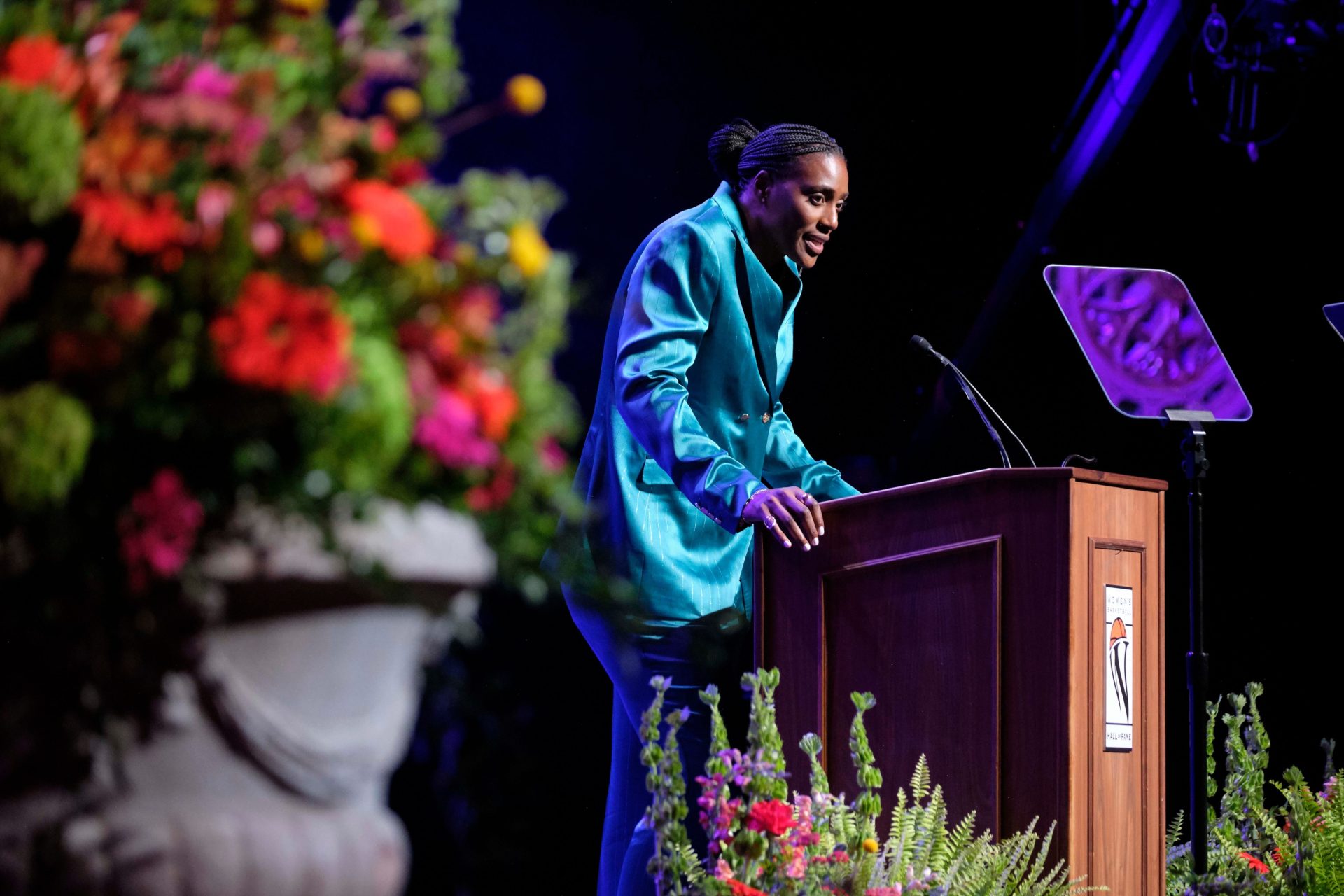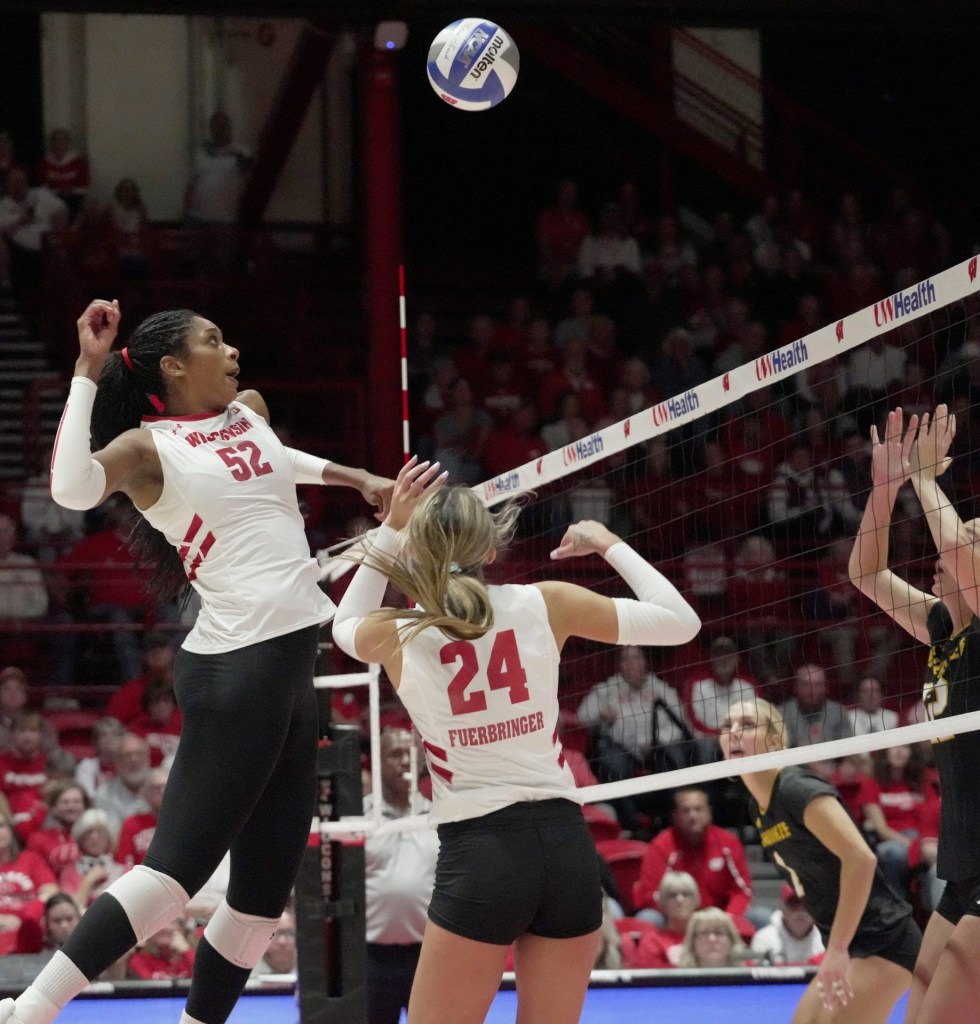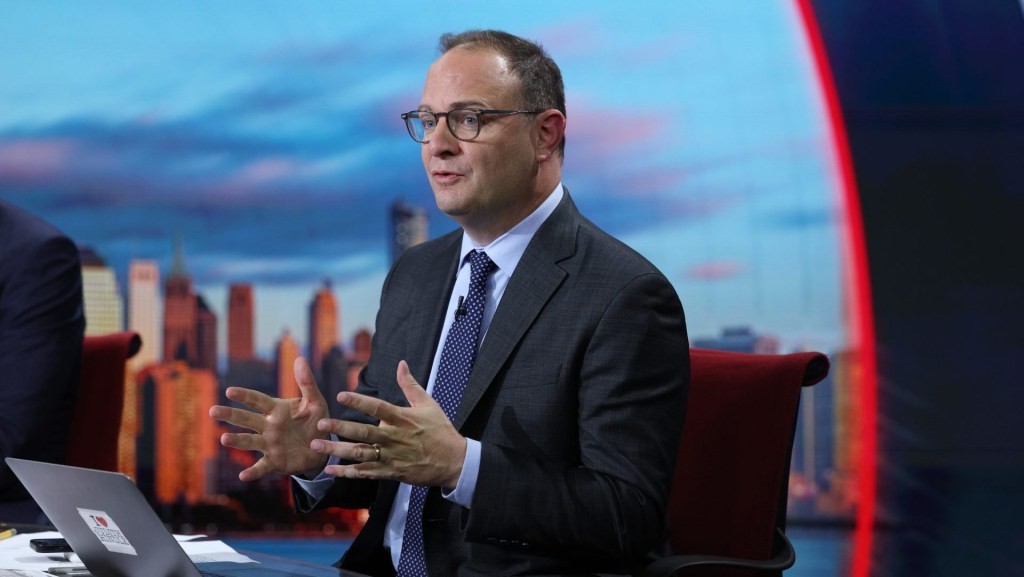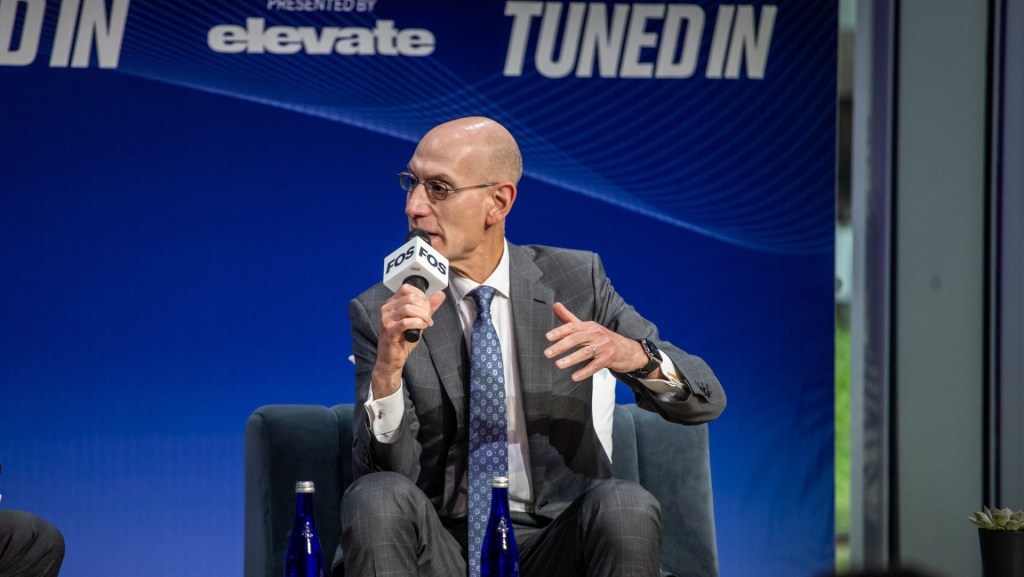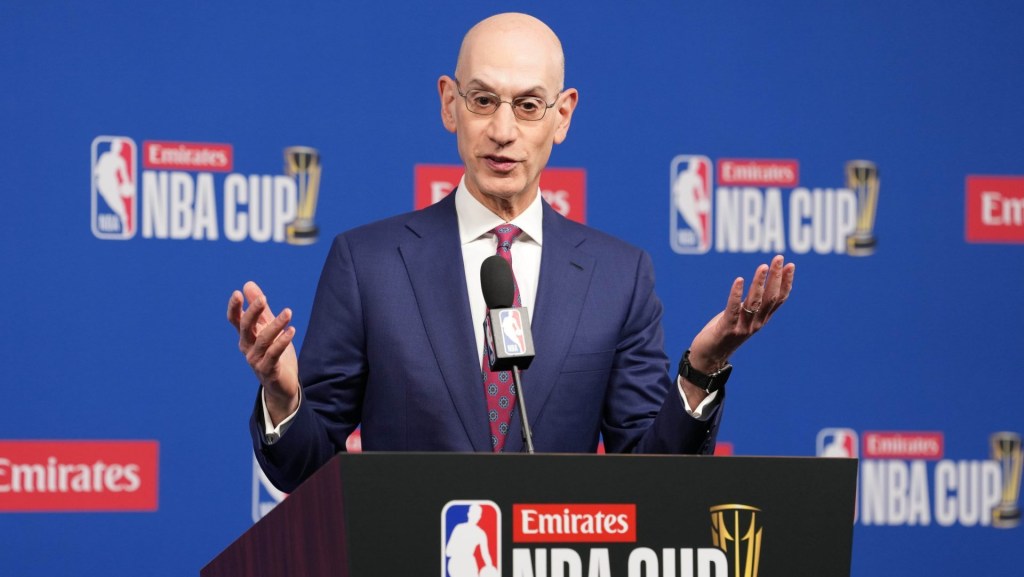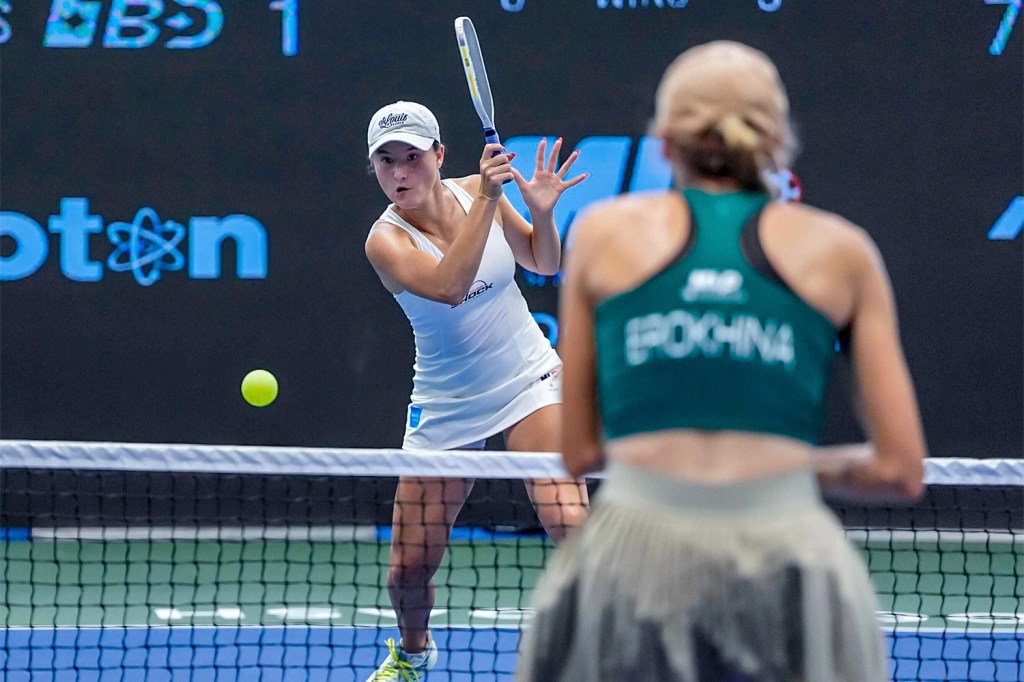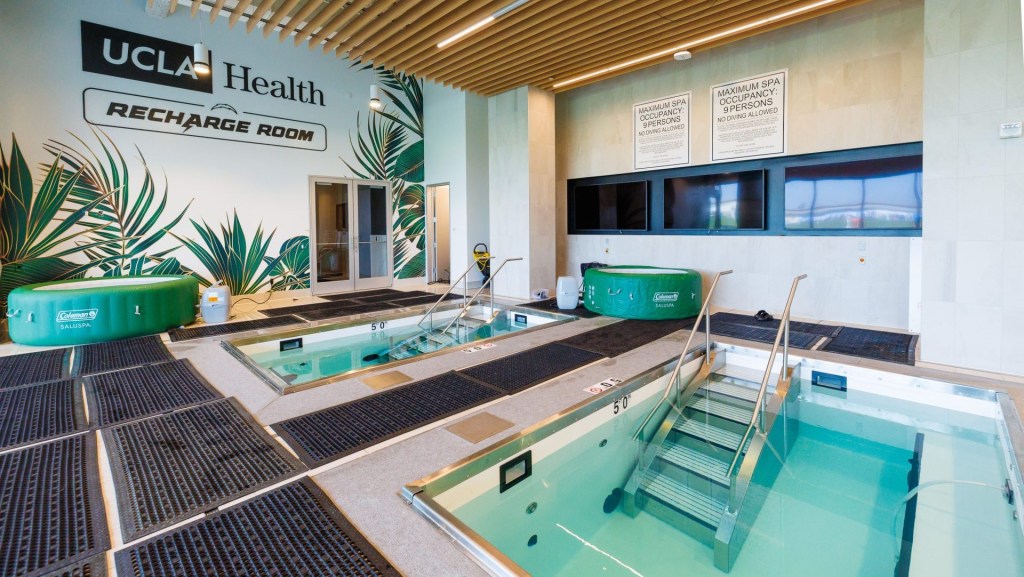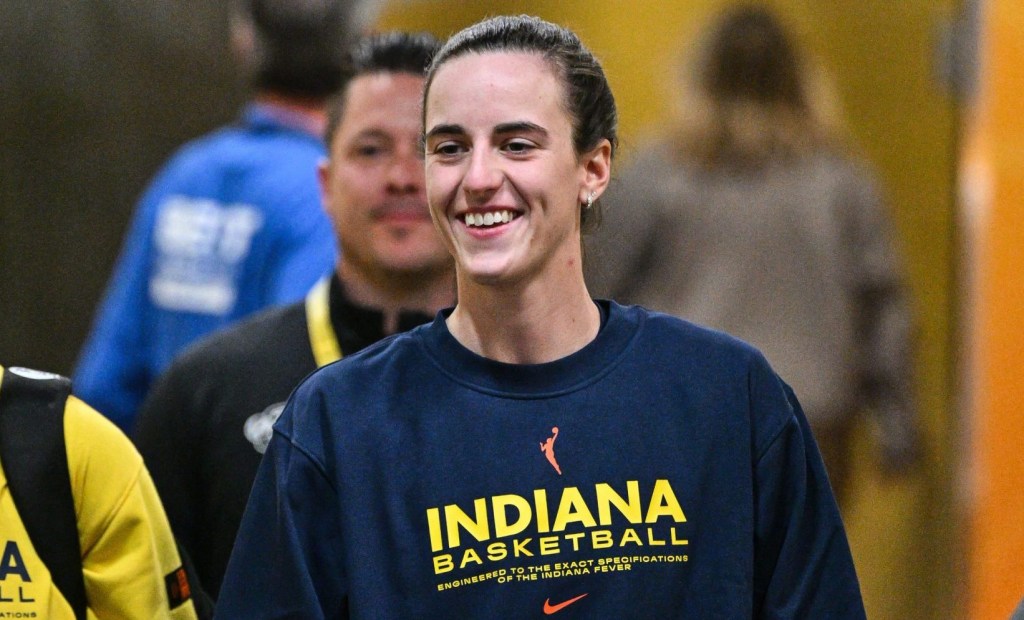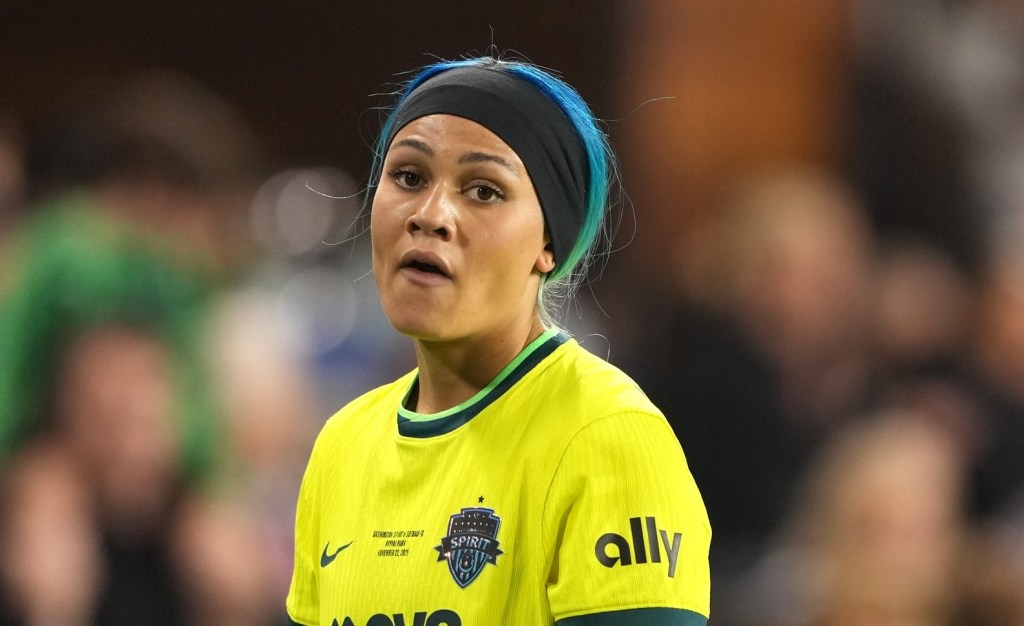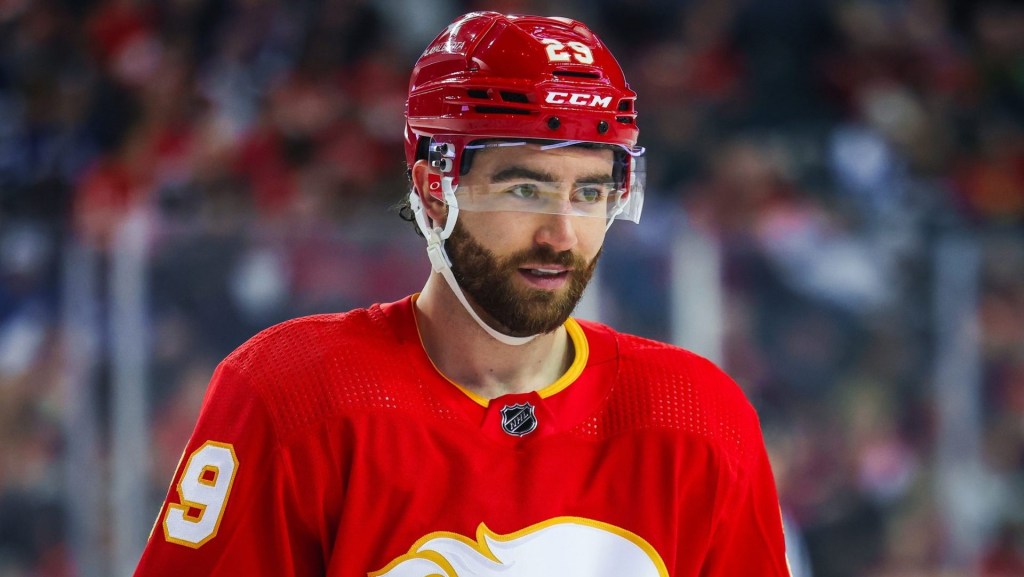A summary of Sylvia Fowles’s basketball career used to read like a CVS receipt. In 15 years in the WNBA, she was a two-time champion with the Minnesota Lynx, two-time Finals MVP, four-time defensive player of the year, and an eight-time All-Star, plus a four-time Olympic gold medalist.
Now there’s a more concise way to put that:
Hall of Famer.
Fowles was inducted into the Women’s Basketball Hall of Fame over the weekend, and she’ll enter the Naismith Hall of Fame later this year.
Fowles spoke with Front Office Sports about both Halls of Fame, if she’s considering a return to basketball, and where she thinks this generation will lead the WNBA.
Front Office Sports: You have the Naismith Hall of Fame coming up in September. I’m sure there are a mixture of emotions, what are those after getting inducted into both Halls in the same year?
Sylvia Fowles: I’m proud of myself. This is probably the second or third time I’ve said that out loud. It’s funny looking back on your career when you can actually sit back and evaluate yourself. I feel like these HOF moments are a hit for me because you put in so much work, you’re challenged through injuries, and then coming back to still try to be on top of your game.
Then all the other stuff that goes into it, too. The sacrifice, the family time you miss out on, the lack of time you have for your friends but you still have friends at the end of it all also makes it that special. It’s been good to take a step back and witness all the things that I’ve done so these HOFs make it that much sweeter.
FOS: The 2025 Naismith Hall of Fame class is historic, considering it’s the largest women’s players class. What does that say about your era of the game?
SF: I think it speaks a lot of value. But at the same time, it’s hard to think about this being a first with three women going in at the same time. It also says a lot about women’s sports, too. We really did some butt-kicking during our time … Sue is a vet to me, and I’m a vet to Maya. We all had a different time stamp. To have that, us go in at the same time, it says a lot about women’s basketball.
FOS: How have you reflected on the impact you all are having on the current era?
SF: What we did had a lot of impact on the game, but I also don’t want to take away from this generation that’s playing now. A lot of that is just their will. Their power to know “I deserve more” and “I want to demand more, if you can’t give us more we’re willing to take any steps to make sure we get.”
That’s something I don’t think I had in my generation. They wear their hearts on their sleeves. I’m so proud of the things they’ve done and what we can accomplish as a group.
FOS: Is it accurate that your generation had to let your game speak for itself?
SF: We did have to let our game speak for itself. But also there was a little bit of friction. We had older players who were like look, “We’re at the end of this thing. We just want to finish out strong.” Then you had players like, “We think we deserve this.” I don’t feel like we were on one accord during my time. Everybody in this generation now, especially with this new CBA coming up, is on the same page about what they need and how they want to get it.
FOS: Where do things stand with your retirement? And is a return to basketball in a capacity beyond playing in the cards?
SF: We’re closer to pushing that needle. … I still think I have a few more years before I could consider it. I’m not quite there where I want to take away family time and spend time with friends. I’m definitely closer than I was three years ago.
I have the luxury to travel abroad and do things through Her Time to Play and Basketball Without Borders. So I’m constantly in that space anyway. The biggest thing for me is being vocal. Not that I can’t be vocal, it’s just—I don’t like it. So that gave me a bit more practice to feel comfortable in that space.
FOS: Where do things stand with your career in mortuary science?
SF: The passion is there. I do work [in the field] when I’m back home for periods of time. But right now it’s on pause because I’ve been having other opportunities that I didn’t think were available to me. I’m trying to get my hand in a little bit of everything while those things are still at the forefront.
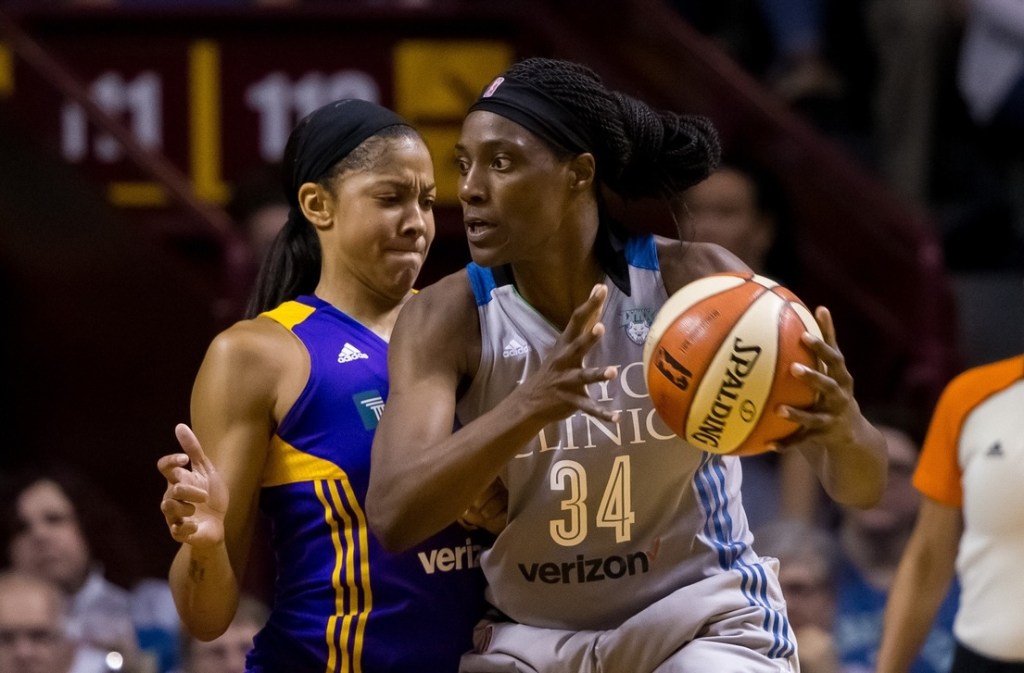
FOS: When it comes to a potential return to basketball, what does the ideal career look like? Are you interested in GMing, coaching?
SF: I don’t want to put myself in a box. I want to be challenged and do new things I haven’t done before. GM, highly unlikely. But I would love to dip my feet in before I jump full throttle, which maybe looks like being a court coach before I consider being an assistant. Finding my way and not throwing myself in the fire too quick.
FOS: Where do you see the WNBA heading from here? And what levels do you see it reaching in the next couple of years?
SF: It’s hard to picture what it’s going to look like in the future, because the sky is the limit. If we do this thing right with the CBA and get these women what they deserve—make sure everything is equal across the board because everything is growing except our salary—I think what they can do is limitless. If we focus on those things and make sure these women get what they want, it’s limitless what they can do. They proved they can play against the best of the best, TV deals want us on TV, why not just give us those simple things? That’s paying them more money because like any other elite athlete, your body goes through a lot.
